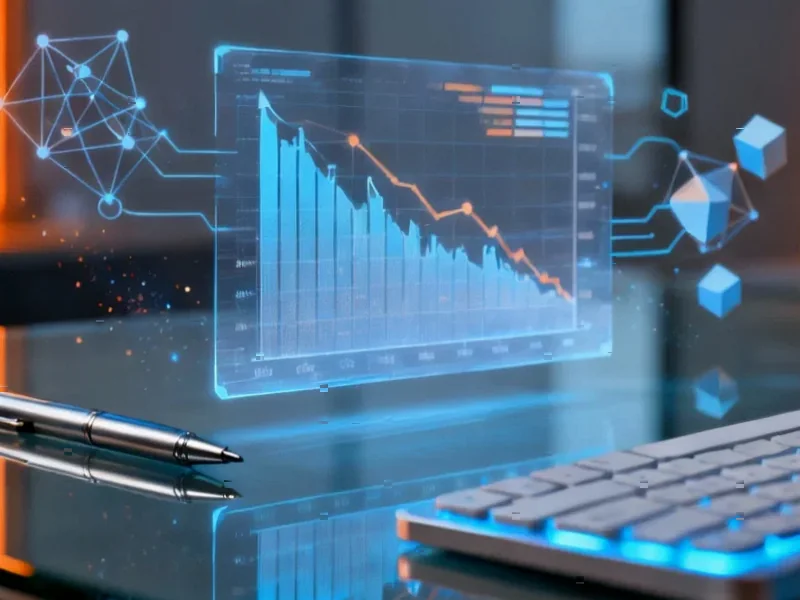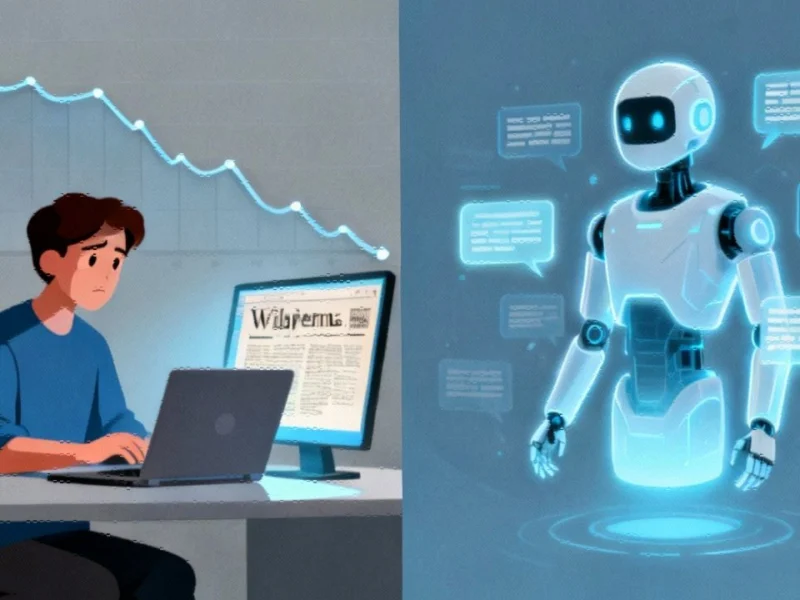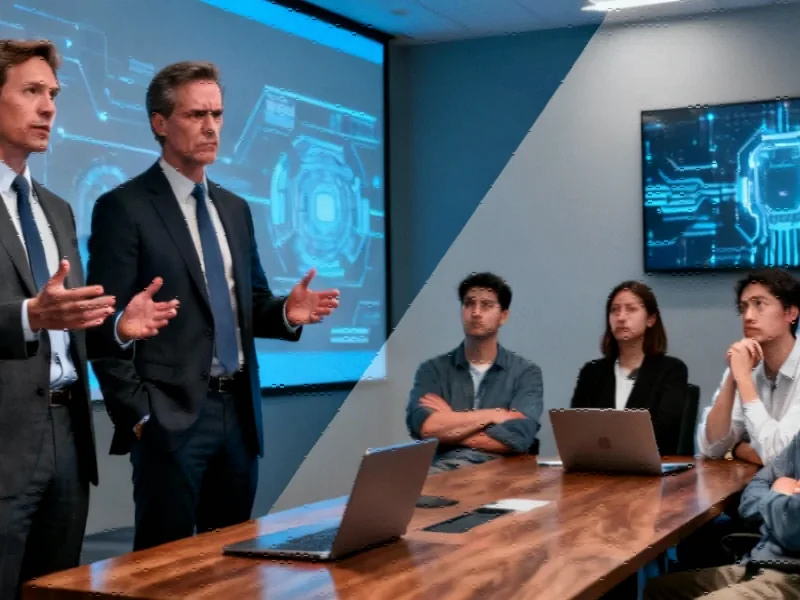The Silent Revolution in Motion
While autonomous vehicles capture headlines, a deeper transformation is occurring throughout transportation infrastructure. Edge artificial intelligence represents a fundamental shift from centralized cloud computing to distributed intelligence, bringing computational power directly to where data is generated. This paradigm change enables transportation systems to process information in milliseconds rather than minutes, creating unprecedented opportunities for safety, efficiency, and sustainability.
Table of Contents
Why Edge Computing Matters for Transportation
Traditional cloud-based systems face critical limitations in transportation applications where split-second decisions can mean the difference between safety and catastrophe. Latency sensitivity in collision avoidance systems, bandwidth constraints when processing multiple high-definition video streams, and reliability requirements for continuous operation during network outages all demand localized intelligence., according to related coverage
Edge AI addresses these challenges by embedding computational capabilities directly within vehicles, roadside infrastructure, and transportation networks. This distributed approach enables real-time processing without the delays inherent in transmitting data to distant data centers and back.
Intelligent Infrastructure: The Unsung Hero
Beyond the obvious applications in autonomous vehicles, Edge AI is revolutionizing transportation infrastructure in profound ways:, according to industry reports
- Smart Intersections: AI-powered traffic signals analyze real-time vehicle and pedestrian flow to optimize traffic patterns, reducing congestion and improving safety
- Predictive Railway Maintenance: Onboard sensors combined with edge processing detect track anomalies and equipment wear before failures occur
- Intelligent Public Transit: Buses and trains dynamically adjust schedules based on passenger load and traffic conditions
- Energy Management: Smart charging infrastructure balances grid demand with electric vehicle charging needs
The Resilience Factor: Power and Standards
Reliable operation in transportation demands robust power solutions and standardized frameworks. Backup Battery Units (BBUs) ensure continuous operation during power fluctuations or outages, while compliance with IRIS ISO 22163 standards guarantees consistent quality and reliability across railway systems and related infrastructure., according to industry experts
This combination of resilient power and standardized implementation creates transportation networks that can withstand both environmental challenges and cybersecurity threats, maintaining critical functions when they’re needed most., as earlier coverage
Implementation Challenges and Solutions
Deploying Edge AI across transportation ecosystems presents unique technical and operational hurdles. Hardware constraints require balancing computational power with energy efficiency and thermal management. Data synchronization across distributed nodes demands sophisticated edge-to-cloud architectures. Security protocols must protect against threats at multiple points in the system.
Forward-thinking organizations are addressing these challenges through modular architectures, federated learning approaches, and defense-in-depth security strategies that protect data at rest, in transit, and during processing.
The Road Ahead: What’s Next for Edge AI in Transportation
The evolution of Edge AI in transportation is accelerating toward increasingly integrated systems. We’re moving beyond isolated applications toward collaborative intelligence where vehicles, infrastructure, and management systems work in concert. Vehicle-to-everything (V2X) communication enabled by edge processing will create transportation ecosystems that anticipate needs, prevent accidents, and optimize flow in ways previously unimaginable.
As computational capabilities continue to advance while power requirements decrease, we’ll see intelligence embedded throughout transportation networks—from the smallest sensors to the largest control systems—creating safer, more efficient, and more sustainable mobility for everyone.
Related Articles You May Find Interesting
- Google’s Code Prefetch Breakthrough Unlocks Next-Gen CPU Performance for Intel a
- Breakthrough in Neonatal Medicine: Same-Day Genome Sequencing Now a Reality
- How AI Reshapes Finance Careers: From Spreadsheet Jockeys to Strategic Partners
- The Great AI Divergence: How China and America Are Forging Separate Technologica
- AMD EPYC Turin Dominates Cloud Performance: Oracle OCI E6 Outpaces AWS, Azure, a
This article aggregates information from publicly available sources. All trademarks and copyrights belong to their respective owners.
Note: Featured image is for illustrative purposes only and does not represent any specific product, service, or entity mentioned in this article.



